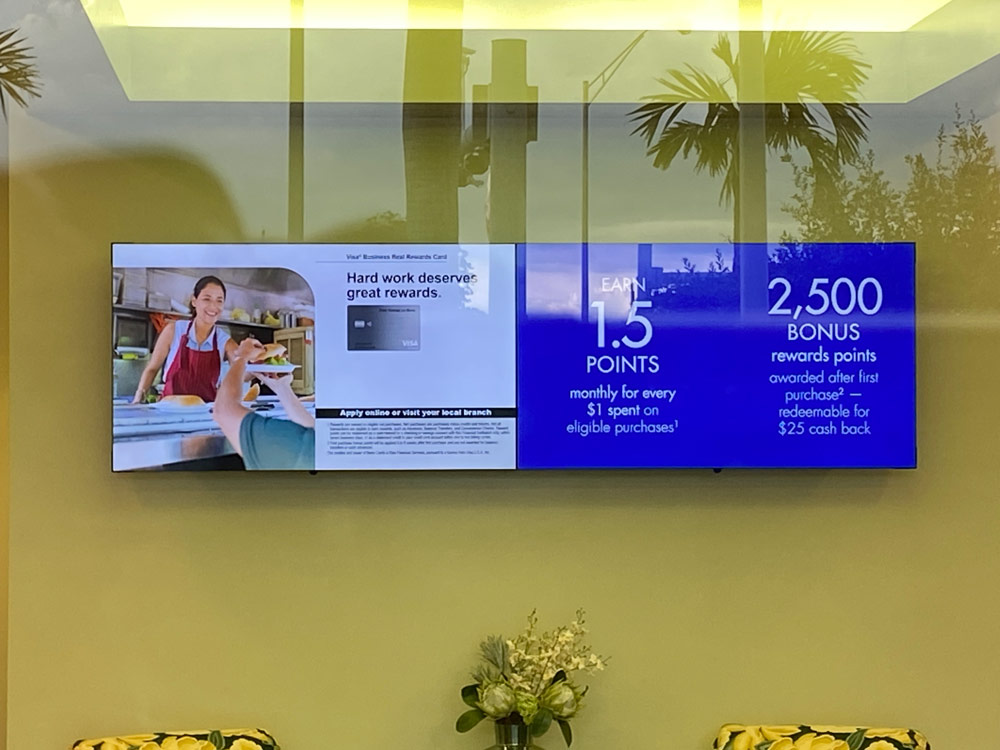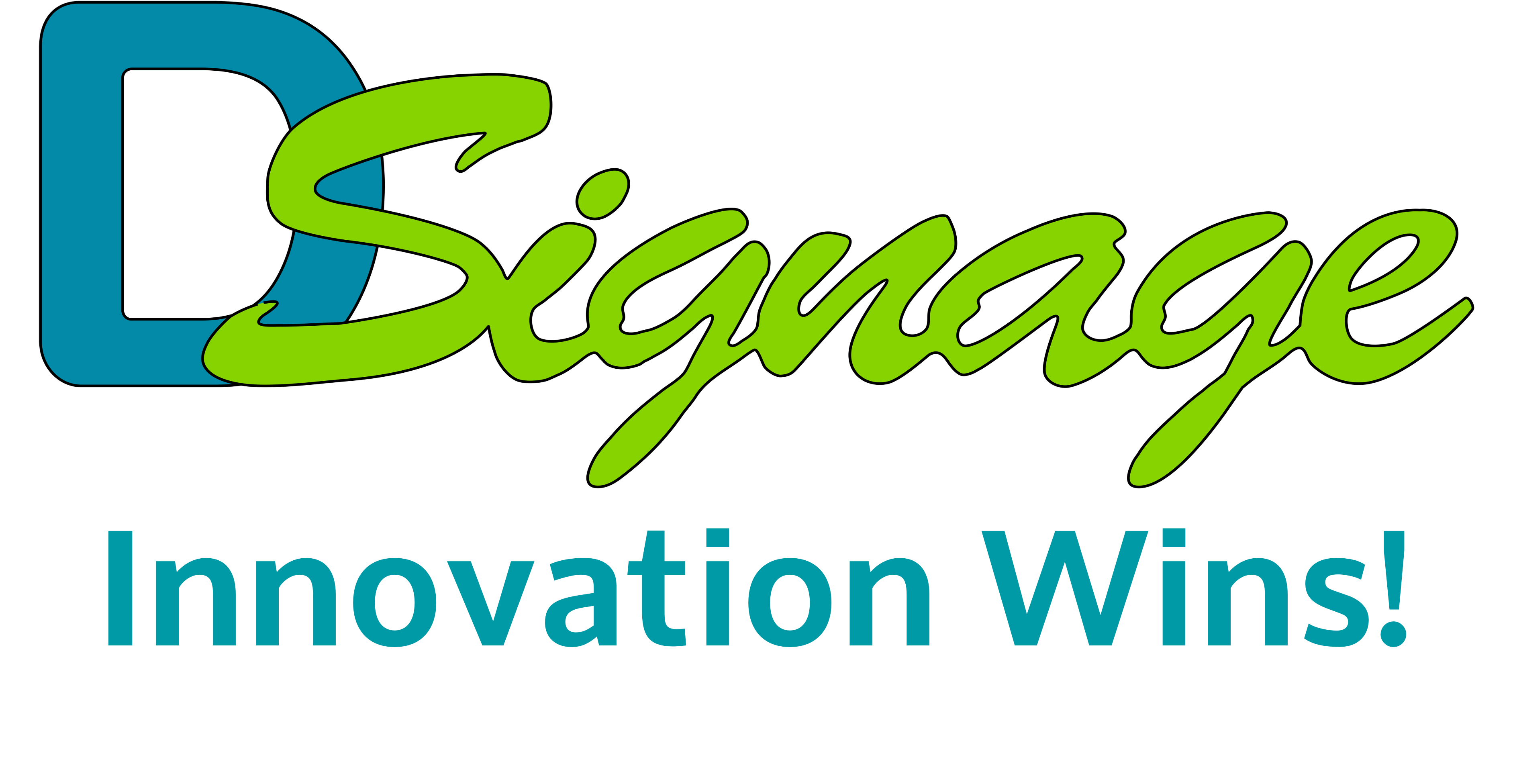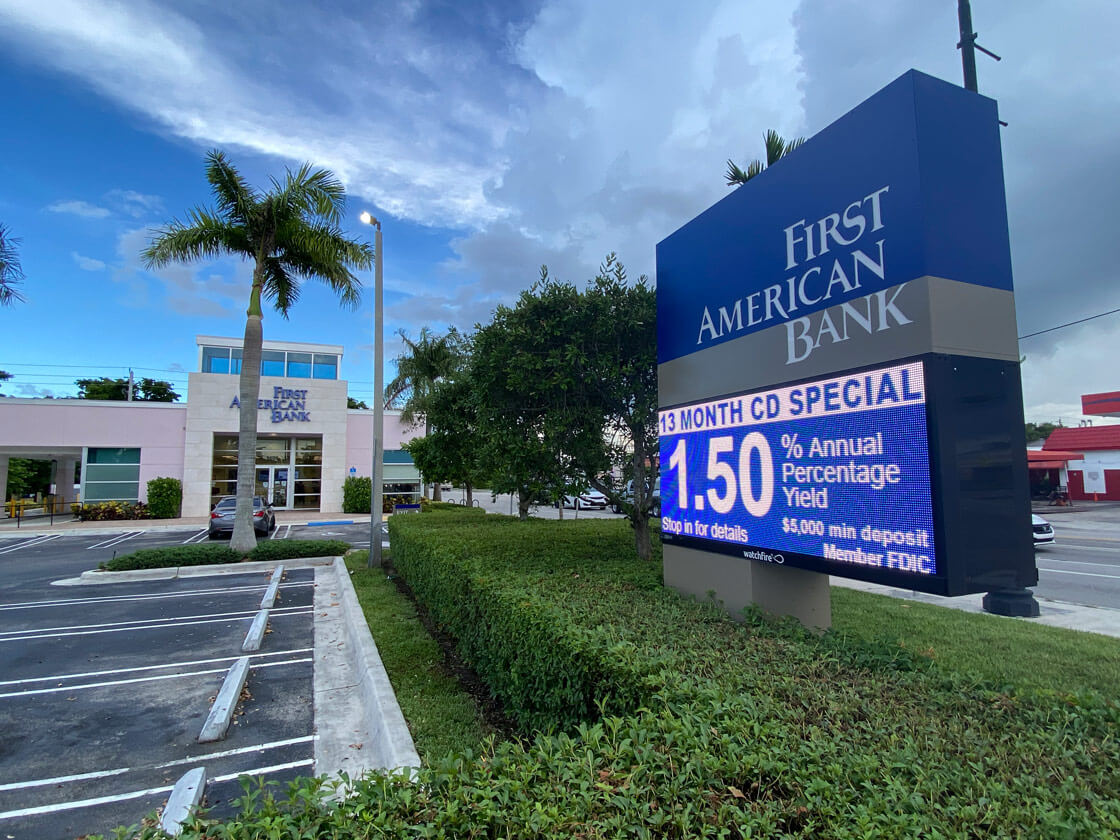Digital signage for banks is one of the best ways to communicate with customers and employees. If you want to capture more views (as much as 400%), your banking signage should be digital.
Utilizing your signage and using best practices can help you get the most out of your displays.
You should take a different approach to your signage than you have in the past with static solutions. The best practices, which we’ll outline below, can help you overcome initial hurdles and improve ROI with your digital signs.
4 Best Practices for Digital Signage for Banks
1. Target the Right Customers
Your bank’s customers are diverse, and you need to use existing customer databases to target customers specifically. For example, you may have a 30-second video on the sign to show bank account holders the benefit of signing up for your savings account or applying for a credit card.
Another example would be showing mortgage holders the perks of refinancing with your bank, such as a real-world example on how they’ll save money on their monthly mortgage payment.
If your content isn’t targeting customers specifically by focusing on their pain points, you can’t expect your signage to be effective.

2. Signage Demands Effective Content Management
Static signage isn’t as effective as digital signage for banks simply because it goes stale. One form of signage may be relevant today and irrelevant tomorrow. Digital signage allows for:
- Fresh, updated content
- Targeted content
- Content that is easily adapted to today’s customer’s needs
You can schedule content by the hour, too. For example, perhaps customers that come into your branch during the day are older and would be more interested in your retirement offers. However, the same sign can switch to display your credit card services during times when millennials are more likely to be in the branch.
If you manage your content properly using content management systems, you’ll most likely find success with digital signage.

3. Create a Brand Experience
Plain signage can be effective, but it often falls short of the goals that each banking institution sets. If you want your signage to work for you, it’s essential to create a unique brand experience with your signs.
You can use your signs for:
- Branding
- Displaying animations and explainer videos
- Showing customer stories
- Showing the latest rates
- Bringing awareness to products and services
If you use signage to create a brand image, which should be used across branches, you’ll potentially attract more customers and ensure that your message is consistent company wide.

4. Don’t Ignore Employee Communication
Banking signage may target customers, but employees can also be kept in the loop with signs that show internal communications. Employees are busy and may not lwyas have time to check email. Utilizing interactive screens can help you:
- Improve your team’s performance
- Boost return on objective (ROO) performance
- Ensure employees are informed on the latest policies and products
While most digital signs are for customers, you should also use signs as an easy-to-update communication tool for employees.
Digital signage for banks can be used to increase ROI and sales, too. If you follow the best practices outlined above, you’ll have a much easier time increasing the effectiveness of these digital solutions.





